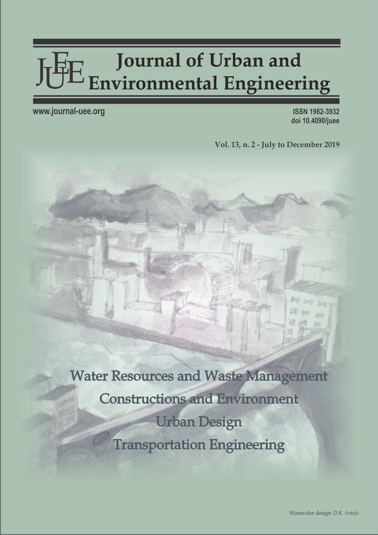CONTRIBUTION OF GEOGRAPHICAL INFORMATION SYSTEMS TO THE IDENTIFICATION OF GOODS IMPACTED BY THE CONSTRUCTION OF THE YAOUNDÉ-NSIMALEN HIGHWAY: URBAN SECTION
DOI:
https://doi.org/10.4090/juee.2019.v13n2.353-359Keywords:
Environment, Impact, Expropriation, Compensation plan, Geographic Information SystemAbstract
Cameroon through its Strategy for Growth and Employment (DSCE), has set up the construction of the Yaoundé-Nsimalen highway project. As part of the assessments of its potential effects on the environment, an ESIA was carried out, according to the framework law on the management of the environment. The acquisition of housing has resulted in an '' anarchic '' installation in the urban and peri-urban area. The construction of a highway as planned overlays on these facilities and poses a problem related to the liberation of spaces previously occupied. The purpose of this study is to identify, locate and classify the impacted goods by the highway construction project through Geographic Information Systems (GIS). Our methodology consisted first, making a satellite identification of the impacted goods, then a field campaign and finally a processing of the data collected. This study was also limited to the identification of two types of property, the buildings and parcels of land. Thus, it has been possible to distinguish and locate six categories of buildings, eight categories of parcels of land defined according to the Cameroon law No. 85/009 of 04 July 1985 on the expropriation for public purpose and the terms of compensation and according to Order No. 0082 / y. 15.1 / MNUH / D of November 20, 1987 laying down the bases for calculating the market value of buildings expropriated for reasons of public utility. The result of this study shows that mapping is a very practical tool for identifying and materializing the impacts that a project may have on components of environment. The GIS revealed a potential disappearance of 1502 building spread over 867 parcels of land.Downloads
Download data is not yet available.
Downloads
Published
2020-03-20
Issue
Section
Articles




